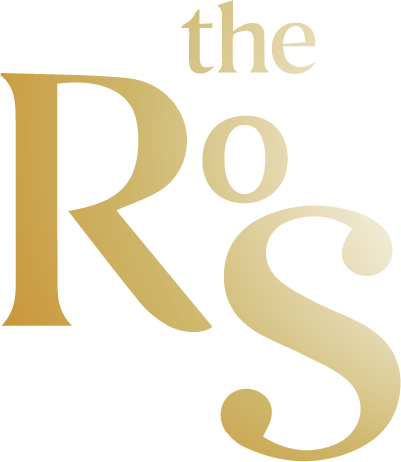The fifth wave of coffee: trends and opportunities
In 2014, Starbucks officially opened the doors of its new format: Starbucks Reserve Roastery, anticipating by one year what experts define as the “Fifth Wave of Coffee”.
The “Fifth Wave” marks the birth of a new market segment: that of those looking for excellent coffee and a unique experience. What are the implications of this increasingly demanding market?
The demand for quality raw materials is growing, in particular for single-origin products, a characteristic experts consider essential for obtaining excellent coffee. However, at the same time more contemporary quality nuances are emerging such as the use of blends of different mono-origins or fermented products.
More refined and elegant places for consumption are preferred:
It is no coincidence that in 2017, Nestlé acquired the majority share (68%) of Blue Bottle Coffee, a coffee roaster and owner of a chain of cafes with over 100 points of sale in the United States and Asia, focused on single-origin coffee beans.
The trend of the so-called “Home Bar” is developing, characterized by the growing search for quality coffee even at home. Consequently, large groups and professional bar machinery companies have introduced or increased their offer for the domestic segment in response to this need.
For out-of-home consumption, the most attractive market is Asia. In fact, the growing population together with the growing interest in coffee, which must fill a cultural gap in these geographical areas, make Asia the market with the greatest expected growth in the coming years (Euromonitor estimates an average annual growth in value up to 2026 of Coffee and Tea Shops of over 15%, against a global figure of + 9%).
In addition to Nestlé, other players in the coffee sector, such as Lavazza, Faema and Evoca Group, have begun investing and collaborating in the Asian market, sensing the interesting opportunities for growth.
Coffee, which represents a commodity sector, is evolving and, in the eyes of consumers in some geographical areas, has become a strong player within the “pleasure” beverages.
It is clear that, being among the first to preside over new spaces in a unique and inimitable way means generating competitive advantages that are difficult to fill, hence the two essential elements for those who want to take advantage of these opportunities are: time and the identification of a distinctive positioning.
Manager


